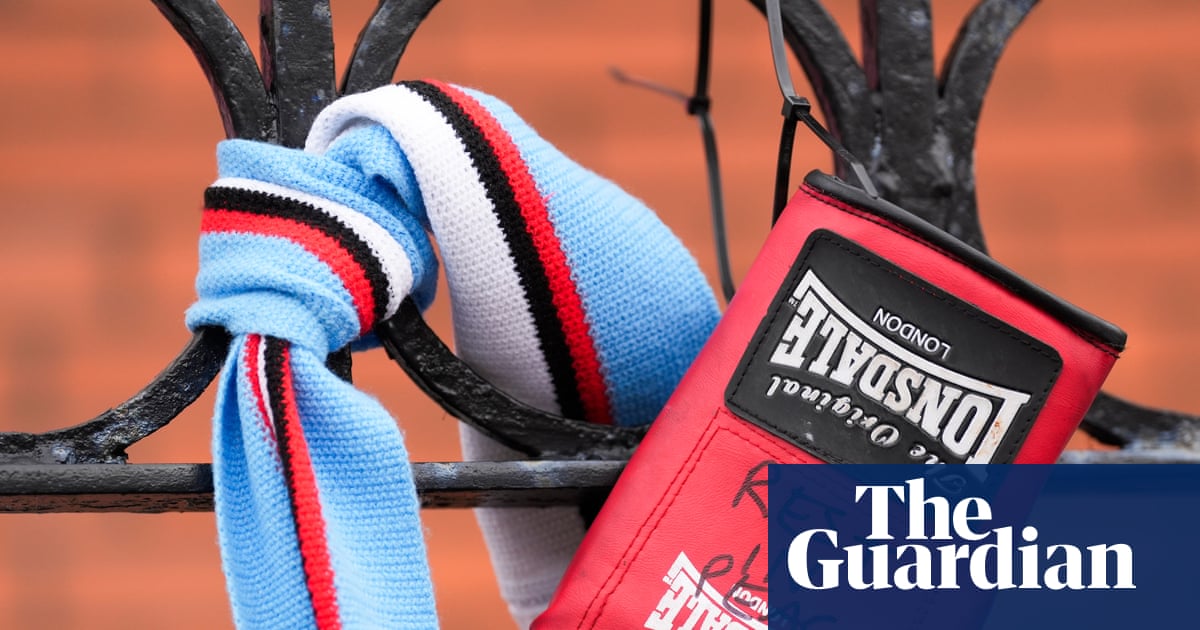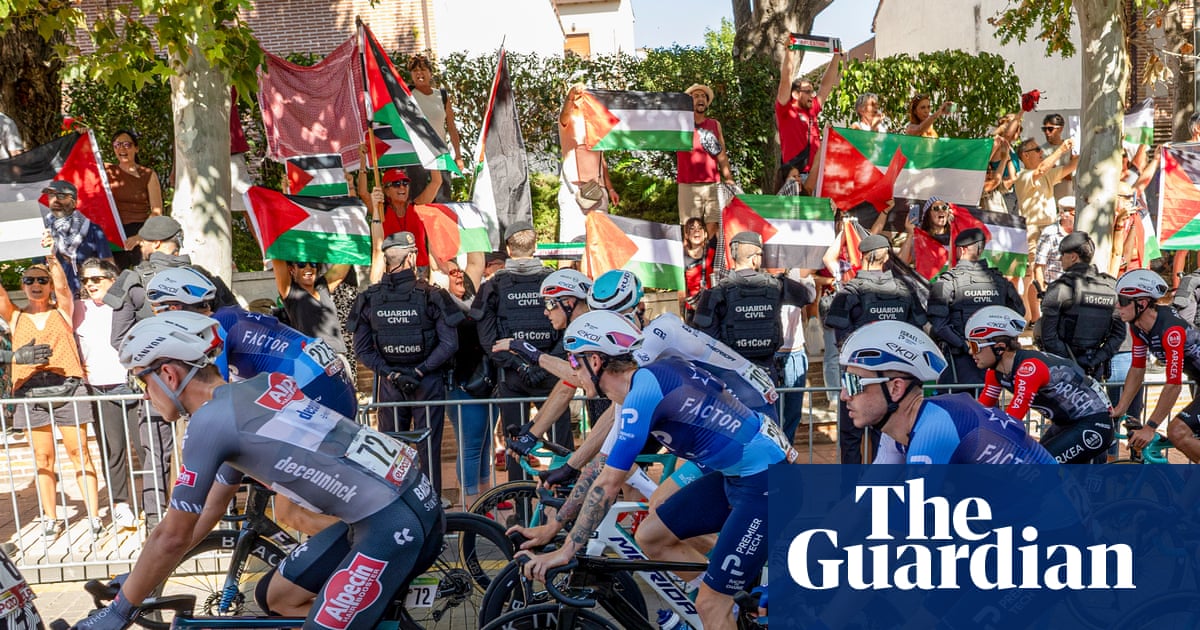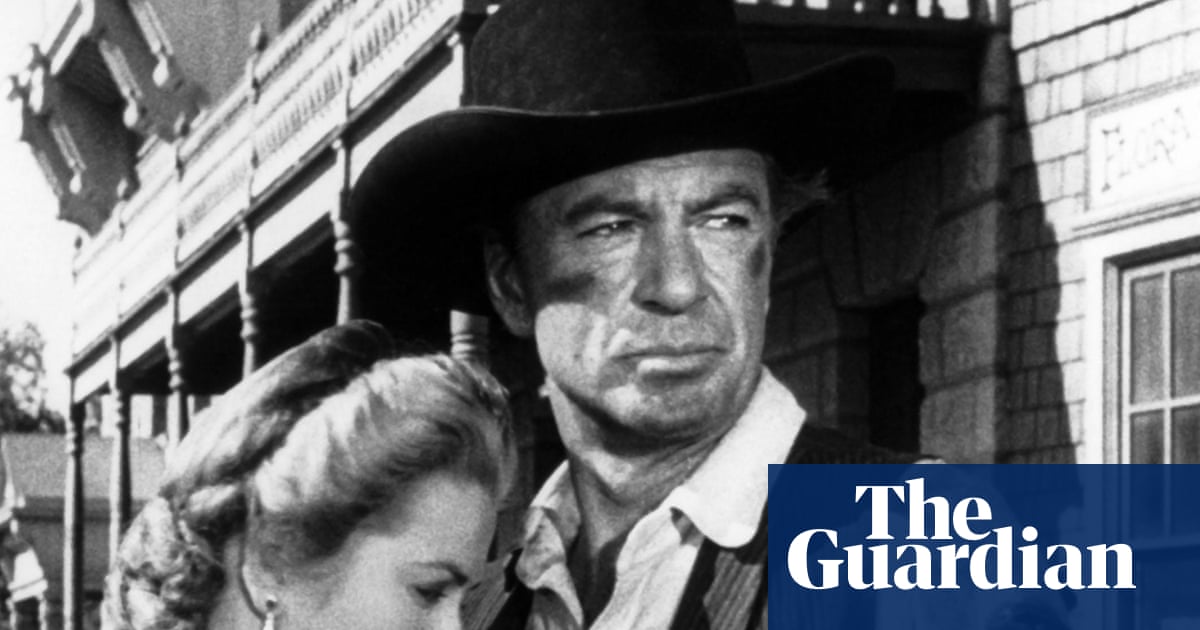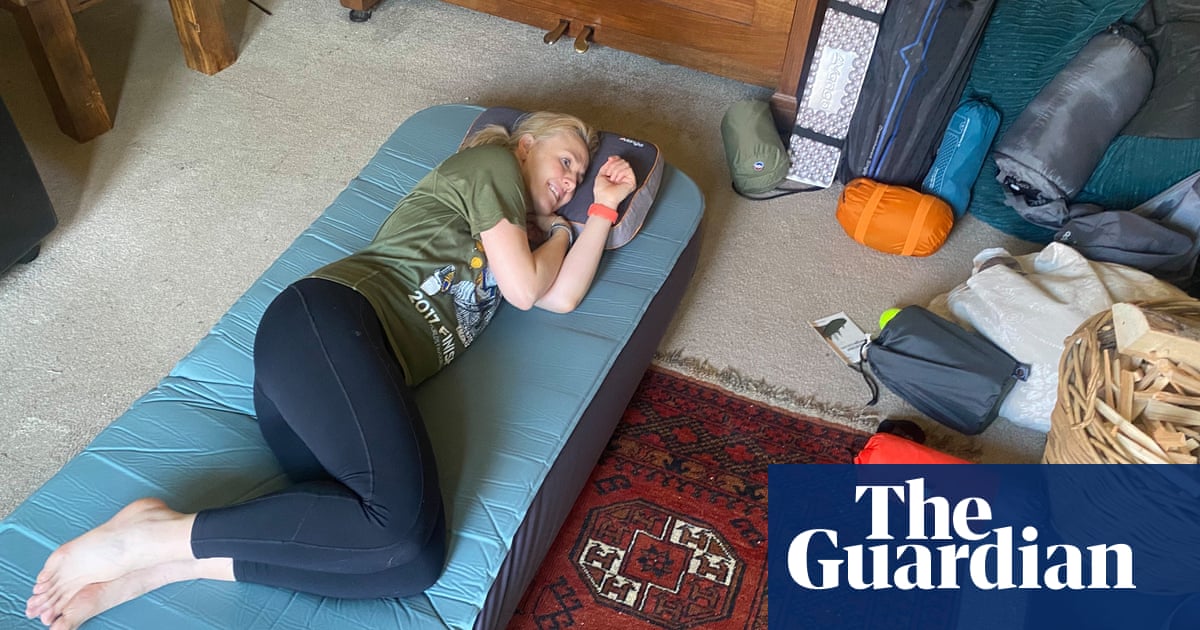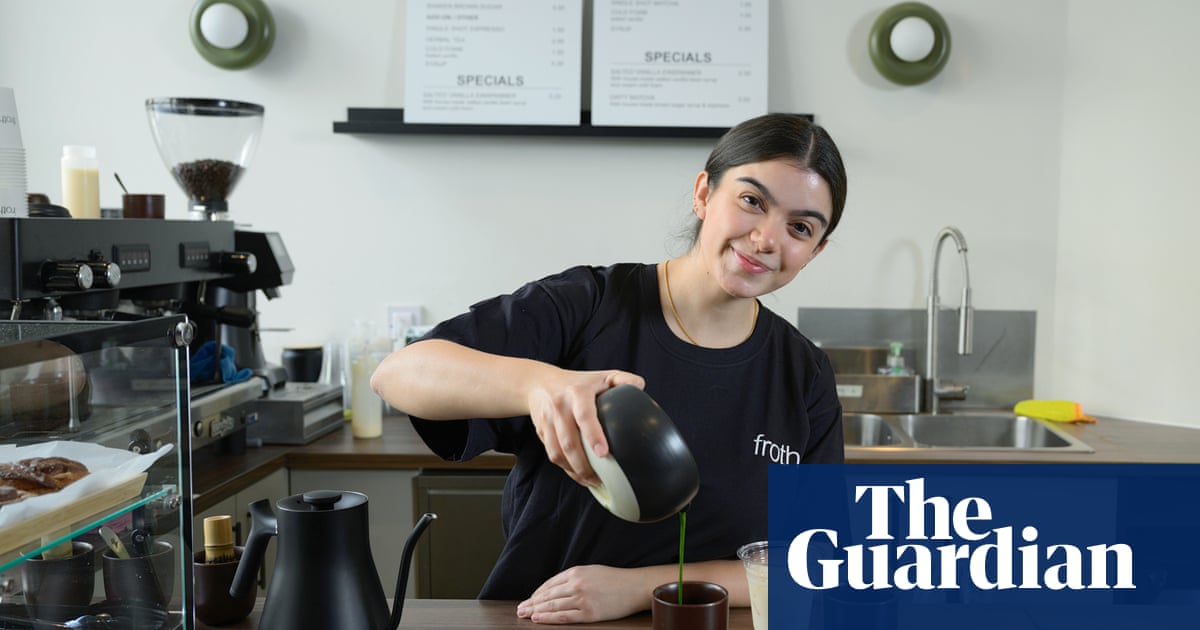Plan what you need
It is estimated that UK households throw away 10 % of beef, pork and poultry they buy each year. That’s about 250,000 tonnes in total, so it is important to plan what you are going to buy to avoid waste and save money.
Work out how many meals you will cook during the week, and how much meat is needed for each person.
The NHS recommends that the amount of red meat – be it beef, lamb, mutton, pork, veal, venison or goat – should be limited to 70g (cooked weight) each day, or no more than 500g (1.1 lbs) every week.
For example, a cooked breakfast of two pieces of bacon and two sausages has about 130g of meat, while a portion of Sunday roast is about 90g, it says.
The size of a portion of chicken is about 90g of cooked meat (120g raw), according to the British Dietetic Association (BDA), a trade union for dietitians.
Know your butcher

Buying from a local butcher will mean you do not have to buy pre-packed blocks of meat, all of which you may not need – so you can buy as much mince as you need rather than in a 500g pack.
You can also discuss different cuts, and where the meat you are buying comes from.
Jamie Oliver says there is a list of features you should look out for to spot a good butcher. First, their display of meat should be kept refreshed and not in pools of blood. They should also know where the meat comes from, the breeds and what standards the livestock were raised in.
Meat should also hail from the country in which you are in, and preferably from the local area, Oliver says
, adding that a good butcher should be happy to make mince fresh – this way, you will be able to order the exact amount you want and you will know what is in it.
A gauge of a good butcher is to ask about their sausages, says Oliver. They should be made within the previous 24 hours, have a high meat content and use natural casings.
Eleanor O’Brien, the managing director of the trade association National Craft Butchers, says: “For those who want to make educated decisions while still thinking about environmental and welfare aspects of their meats, where the meat is from and how it has been farmed is knowledge your high street butcher should be happy to discuss with you.”
Know what good looks like

Butchers should be able to tell you what meat is the most fresh and in season.
If you are shopping at a supermarket, there are a number of important rules to follow, says Facundo Rodulfo, an Argentinian chef who is the co-author of a new cookbook, Tango.
“Look for bright, fresh colours, a firm texture and a clean, pleasant smell. Avoid packages that have been sitting around too long as they can start to lose freshness,” he says.
“Red meat should have a deep red hue, while poultry should be pale but firm to the touch. Avoid meat that looks dull or has a greyish tint – this could indicate that it’s been sitting around too long. Smell is another important factor. Fresh meat should have a clean, neutral smell. If it has any sour or unpleasant odour, it’s a sign that it may be past its prime.”
He adds: “If you’re shopping online, it’s still essential to check reviews or choose reputable sources for consistent quality.”
Buy bigger
Buying large amounts of meat – sometimes a whole animal – for economies of scale has become more common in recent years, but it will be impossible for many people, as they do not have the freezer space to store it.
However, the same principle can be applied on a much smaller scale and results in savings.
Buying a whole chicken and jointing it yourself can work out cheaper than buying the constituent parts. For example, when we looked, a Waitrose “slower reared” chicken weighing 1.75kg cost £5.50, while buying two breasts and legs cost £6. By buying the whole bird and cutting it up in a few minutes, you also get the carcass for stocks, and more meat through the wings. Simple explanations of how to joint a chicken are widely available online.
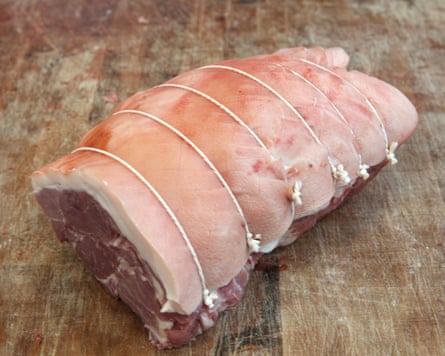
“Easy butchery at home is not as difficult as it sounds,” says Rodulfo. “A sharp knife and a bit of time are all you need. For instance, when cutting a whole chicken, you can break it down into breasts, thighs and wings, or even use the bones for stock. When cutting larger cuts like beef, learn how to separate the muscle groups, and use the tougher pieces for stews or slow-cooked dishes.”
If you do want to buy a whole animal and have space to store it in a chest freezer or freezers (possibly with others), you will make savings, says John Mettrick from Mettrick’s Butchers in Glossop, Derbyshire. Buying half a lamb, which weighs about 12kg, will cost about £150. “It’s cheaper than buying individual cuts [and] practical to fit in a domestic freezer. A half a pig is 35kg – [you will] need to get your neighbours involved. Pork offers the best value at the moment, as long as you can cope with the quantities.”
Alternative cuts
Less well-known cuts of meat have become popular in recent years, meaning the savings you could once get are less than they were.
“The traditional cheaper cuts [such as] ox cheeks and oxtail are in high demand and make up such a small part of the carcass,” says Mettrick. “TV chefs and restaurants have been pushing these cuts. Even the humble tasty belly pork is now more expensive to buy than the boneless pork loin on the wholesale market.”
There are still savings to be made, however.
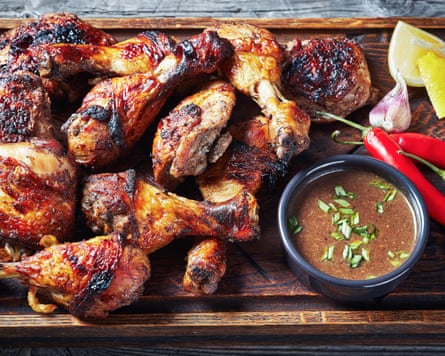
“A common misconception is that the more expensive the meat, the better the flavour. Many of the cheaper cuts can provide just as much flavour – if not more,” says Rodulfo. “We use cuts like pork shoulder, brisket, chicken thighs and beef shin regularly. These may not be the most expensive options, but when cooked properly, they yield incredible flavours.
“A cut like [beef] brisket, often seen as a cheaper option, works beautifully when slow-cooked or smoked. Beef shin is another great cut for stews or braises, and chicken thighs have more flavour and juiciness than chicken breasts. They’re perfect for roasting, grilling, or making a quick stir-fry.”
Lamb neck, he adds, is good for making broths and stews. It is available in the meat section of many supermarkets.
In Waitrose, the supermarket’s own-brand bavette steaks sell for £20 a kg, while sirloin is £35 a kg. And chicken thighs start at £3.80 a kg, while breast is from £7.09.

.png) 3 months ago
134
3 months ago
134





